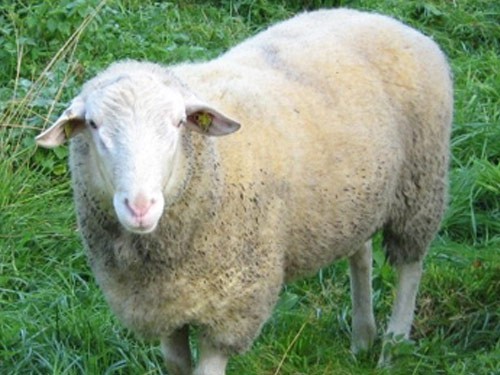Type the name of the breed you're looking for below
[wpdreams_ajaxsearchlite] Don't see the breed your're looking for? Click here and let us know!
Leineschaf sheep
| Place of Origin | Germany |
| Origin | Until 1866, the “old” German Leineschaf used to comprise 17% of the total sheep population of the Kingdom of Hannover, and is nearly extinct today. Very early it was crossed with English Leicester and Cotswold to improve the meat yield and body shape. In 1906, breed characteristics were established and by 1937 the new cross-bred Leineschaf population reached more than 77,000. Its main breeding area was between Goettingen and Hannover, where the flocks grazed along the valley of the Leine river. The breed is also known by Leine sheep. |
| Purpose | Meat, Fiber |
| Characteristics | The white Leineschaf is a medium to large-sized, robust and frugal landrace sheep that loves to march. It has a long, graceful head, that is free of wool and horns. Ears are long and slightly hanging. Ewes weigh 55 - 65 kg (120 - 140 lb) and produce around 4 kg of wool. Rams weigh 100 - 125 kg (220 - 275 lb) with a fleece weight of 6 - 7 kg. Wool has a fiber diameter of 33 - 36 Microns. |



